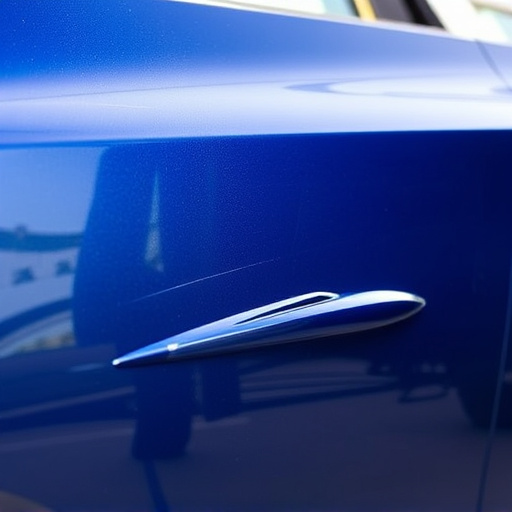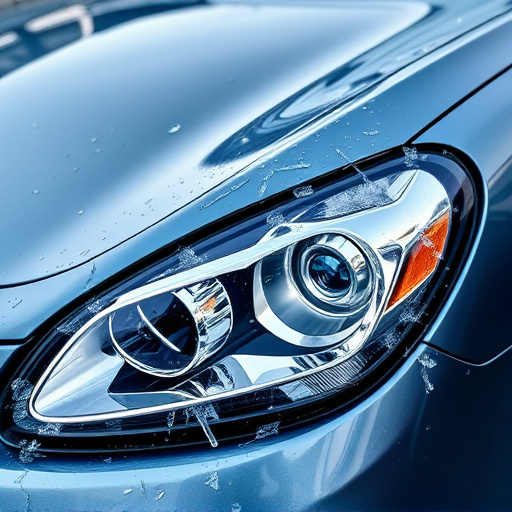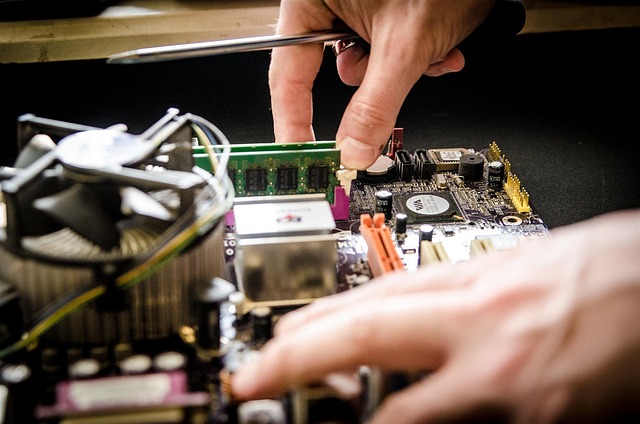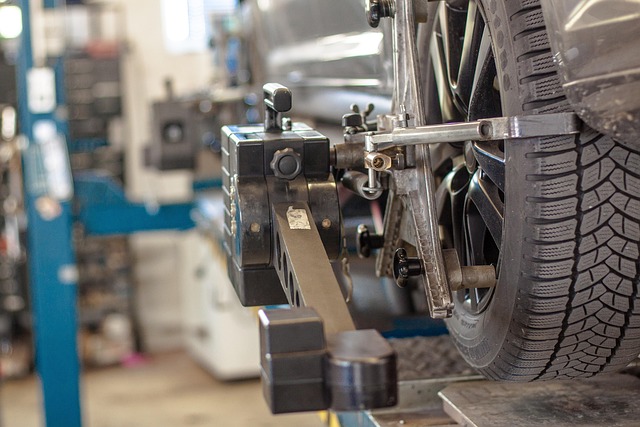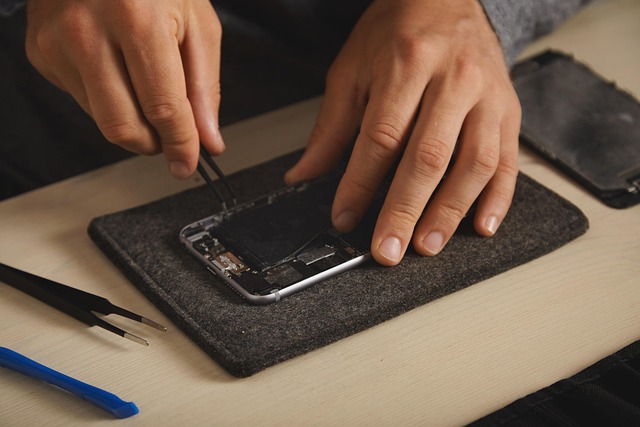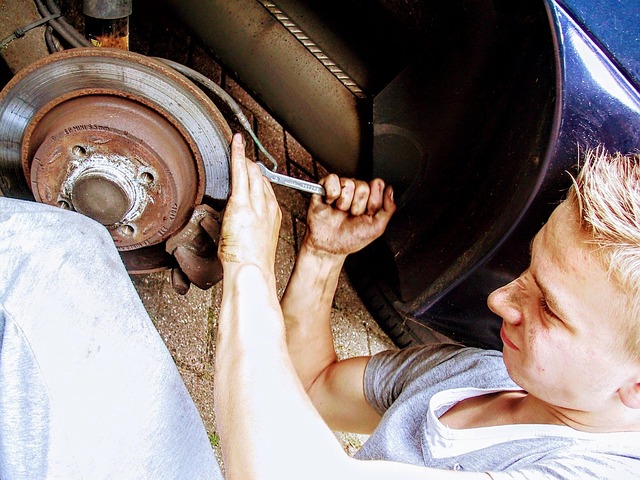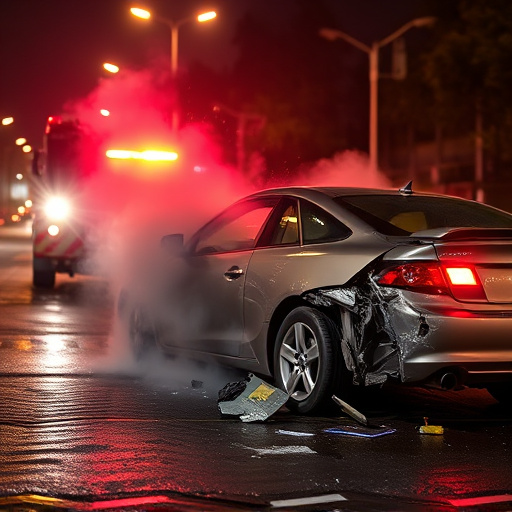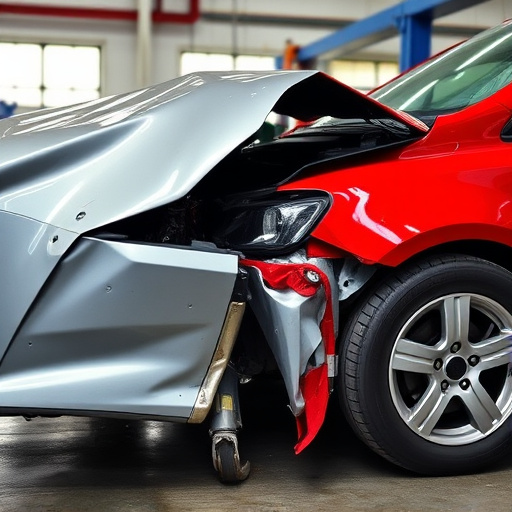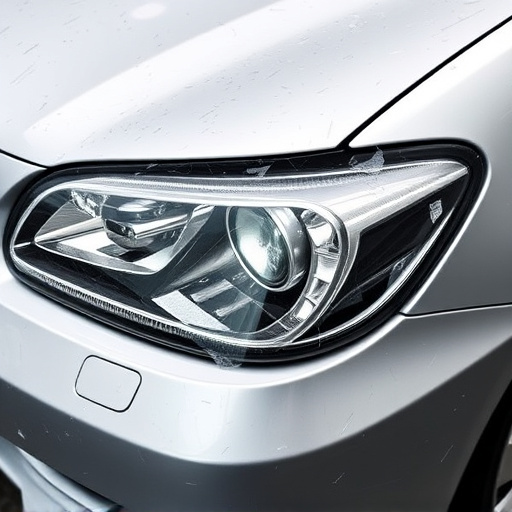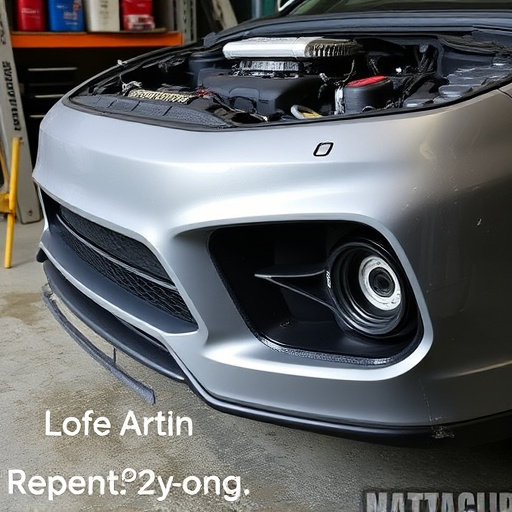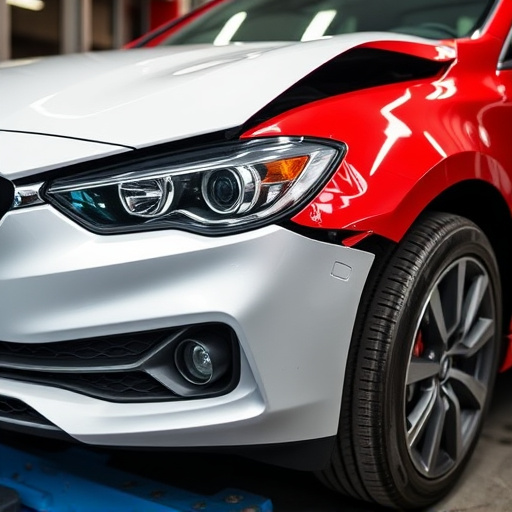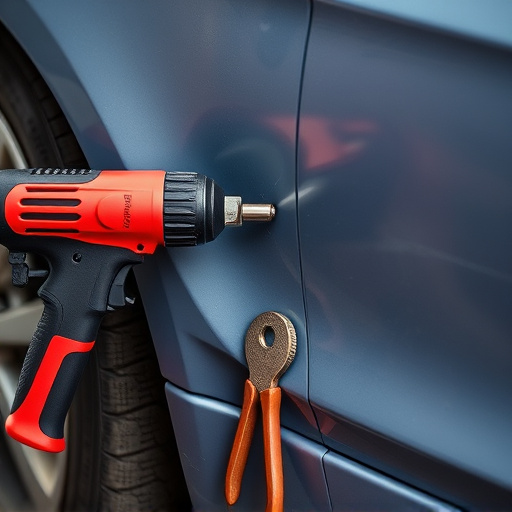Storm damage collision repair involves addressing water intrusion, a critical issue that can lead to mold growth, structural compromise, and reduced resale value. It requires a multi-step process starting with thorough inspection using modern diagnostic tools to identify hidden moisture. This is followed by strategic drying using specialized equipment to prevent mold and corrosion. Effective storm damage repair also includes specialized component repairs, adherence to factory standards, and regular inspections throughout the drying process. Swift action is key to mitigating long-term damage and restoring vehicles to their pre-incident condition.
In the aftermath of storms, storm damage collision repair becomes a critical process. Water intrusion is a common challenge, impacting not just vehicle aesthetics but also structural integrity. This article delves into the intricate world of storm damage collision repair, focusing on understanding water intrusion, its assessment and drying processes for optimal restoration, and preventing long-term damage through post-water intrusion measures. Learn how professionals navigate this complex landscape to ensure vehicles return to their pre-incident conditions.
- Understanding Water Intrusion in Storm Damage Collision Repair
- Assessment and Drying Processes for Effective Restoration
- Preventing Long-Term Damage: Post-Water Intrusion Measures
Understanding Water Intrusion in Storm Damage Collision Repair

Water intrusion is a significant challenge within the realm of storm damage collision repair. When severe storms hit, water can penetrate vehicles’ interiors and exteriors through various openings, such as windows, doors, and cracks in the body panel. This not only compromises the structural integrity of the vehicle but also facilitates the growth of mold and mildew, which poses health risks and requires specialized cleaning to remove completely.
In storm damage collision repair, addressing water intrusion involves a multi-step process. Technicians first inspect the vehicle for any visible signs of water damage, including stains, swelling, or warping. They then employ advanced drying techniques, such as heating elements and dehumidifiers, to expedite the drying process. Subsequent steps include repairing or replacing affected components like car scratch repair, fender repair, and auto glass repair, ensuring that all repairs are made to factory standards.
Assessment and Drying Processes for Effective Restoration
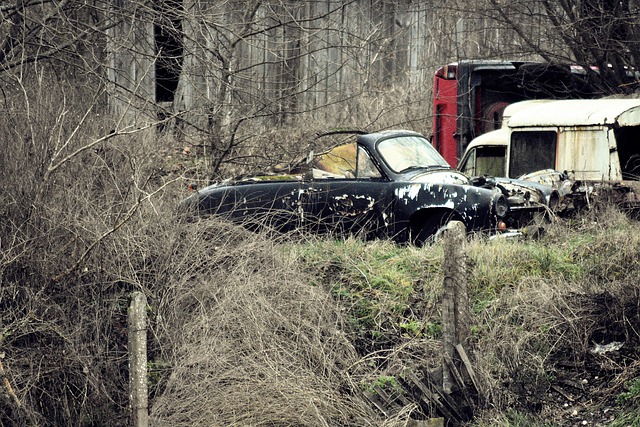
After a storm, immediate assessment is crucial for effective storm damage collision repair. The first step involves thoroughly inspecting the vehicle to identify water intrusion points and extent of damage. This includes checking for leaks in the roof, doors, windows, and any other openings, as well as evaluating structural integrity through auto frame repair. Modern diagnostic tools can help pinpoint hidden moisture, ensuring no area is overlooked during the restoration process.
Once the damage is assessed, a strategic drying process begins to mitigate further issues. Auto maintenance professionals employ specialized equipment like dehumidifiers and heat lamps to expedite drying. They may also use products designed to prevent mold growth and corrosion, which are common concerns after water intrusion. Efficient drying is vital for both auto painting and auto frame repair, as it ensures the highest quality restoration and longevity of the vehicle’s new appearance and structural integrity.
Preventing Long-Term Damage: Post-Water Intrusion Measures

After a storm causes water intrusion during collision repair, swift action is crucial to prevent long-term damage. The first step involves thoroughly drying the affected area using specialized equipment like dehumidifiers and heaters. This process not only removes moisture but also prevents mold growth and rust, which can significantly impact the vehicle’s structural integrity and resale value.
Additionally, auto body shops specializing in storm damage collision repair employ techniques such as sandblasting and priming to restore the vehicle’s original condition. These measures ensure that every inch of the damaged area is treated, preventing future problems. Regular inspections during the drying process and after completion help identify any hidden moisture pockets, ensuring comprehensive vehicle restoration. This meticulous approach is vital in automotive collision repair, especially for vehicles that have been through a challenging storm event, aiming to restore them to their pre-incident condition and protect against further damage.
In the realm of storm damage collision repair, water intrusion poses a significant challenge. However, through comprehensive understanding and strategic assessment, professionals can effectively mitigate its impact. Advanced drying processes and post-intrusion measures, such as anti-mold treatments, play a crucial role in preventing long-term damage to vehicles affected by storm waters. By adopting these strategies, storm damage collision repair specialists ensure not only the restoration of vehicles but also maintain their structural integrity and value, ultimately fostering a robust and resilient automotive industry.
